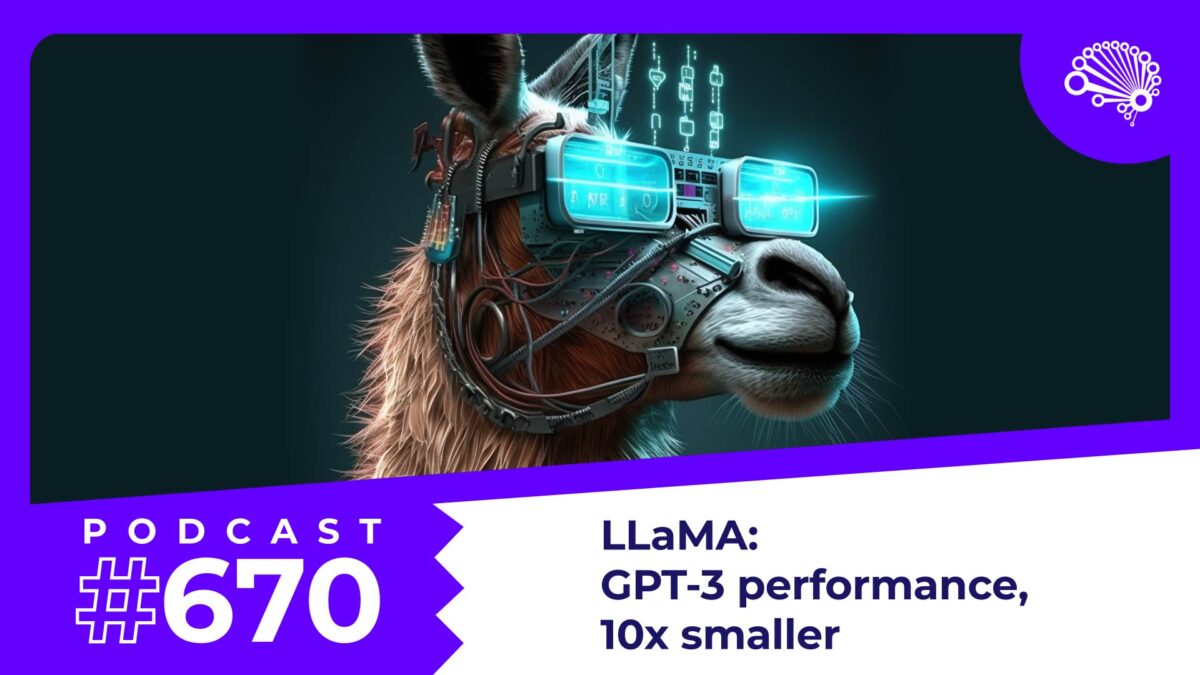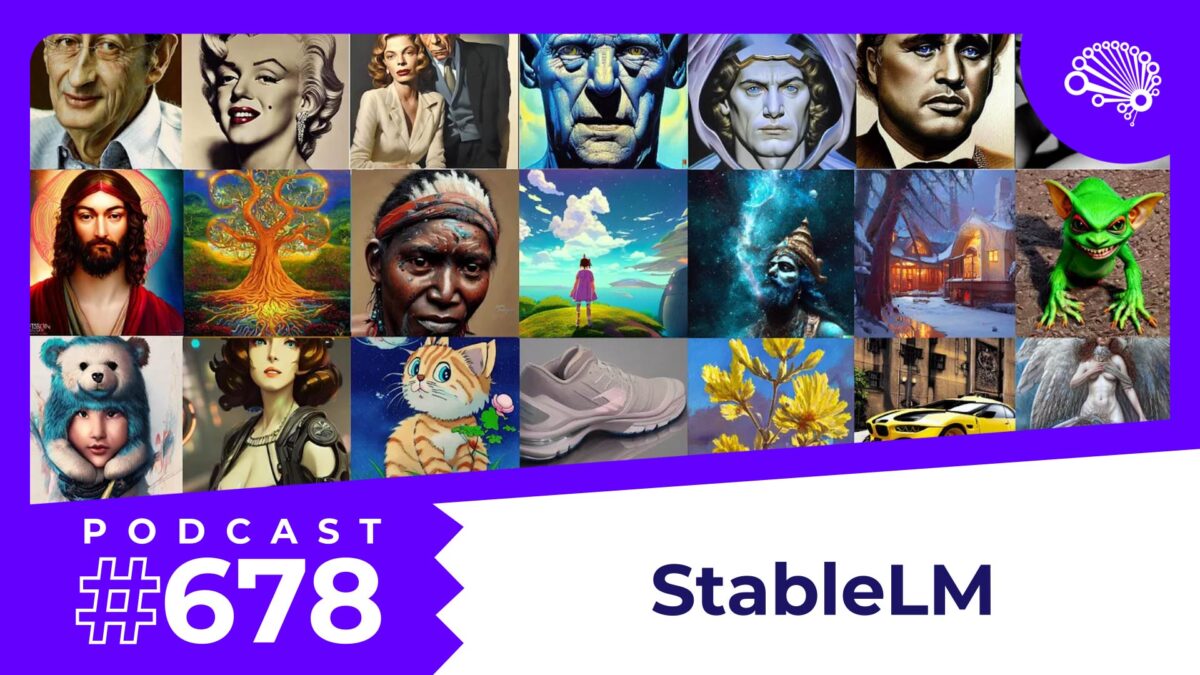By training (relatively) small LLMs for (much) longer, Meta AI’s LLaMA architectures achieve GPT-3-like outputs at as little as a thirteenth of GPT-3’s size. This means cost savings and much faster execution time.
LLaMA, a clever nod to LLMs (Large Language Models), is Meta AI’s latest contribution to the AI world. Based on the Chinchilla scaling laws, LLaMA adopts a principle that veers away from the norm. Unlike its predecessors, which boasted hundreds of millions of parameters, LLaMA emphasizes training smaller models for longer durations to achieve enhanced performance.
The Chinchilla Principle in LLaMA
The Chinchilla scaling laws, introduced by Hoffmann and colleagues, postulate that extended training of smaller models can lead to superior performance. LLaMA, with its 7 billion to 65 billion parameter models, is a testament to this principle. For perspective, GPT-3 has 175 billion parameters, making the smallest LLaMA model just a fraction of its size.
Training Longer for Greater Performance
Meta AI’s LLaMA pushes the boundaries by training these relatively smaller models for significantly longer periods than conventional approaches. This method contrasts with last year’s top models like Chinchilla, GPT-3, and PaLM, which relied on undisclosed training data. LLaMA, however, uses entirely open-source data, including datasets like English Common Crawl, C4, GitHub, Wikipedia, and others, adding to its appeal and accessibility.
LLaMA’s Remarkable Achievements
LLaMA’s achievements are notable. The 13 billion parameter model (LLaMA 13B) outperforms GPT-3 in most benchmarks, despite having 13 times fewer parameters. This implies that LLaMA 13 can offer GPT-3 like performance on a single GPU. The largest LLaMA model, 65B, competes with giants like Chinchilla 70B and PaLM, even preceding the release of GPT-4.
This approach signifies a shift in the AI paradigm – achieving state-of-the-art performance without the need for enormous models. It’s a leap forward in making advanced AI more accessible and environmentally friendly. The model weights, though intended for researchers, have been leaked and are available for non-commercial use, further democratizing access to cutting-edge AI.
LLaMA not only establishes a new benchmark in AI efficiency but also sets the stage for future innovations. Building on LLaMA’s foundation, models like Alpaca, Vicuna, and GPT4ALL have emerged, fine-tuned on thoughtful datasets to exceed even LLaMA’s performance. These developments herald a new era in AI, where size doesn’t always equate to capability.
The SuperDataScience podcast is available on all major podcasting platforms, YouTube, and at SuperDataScience.com.



